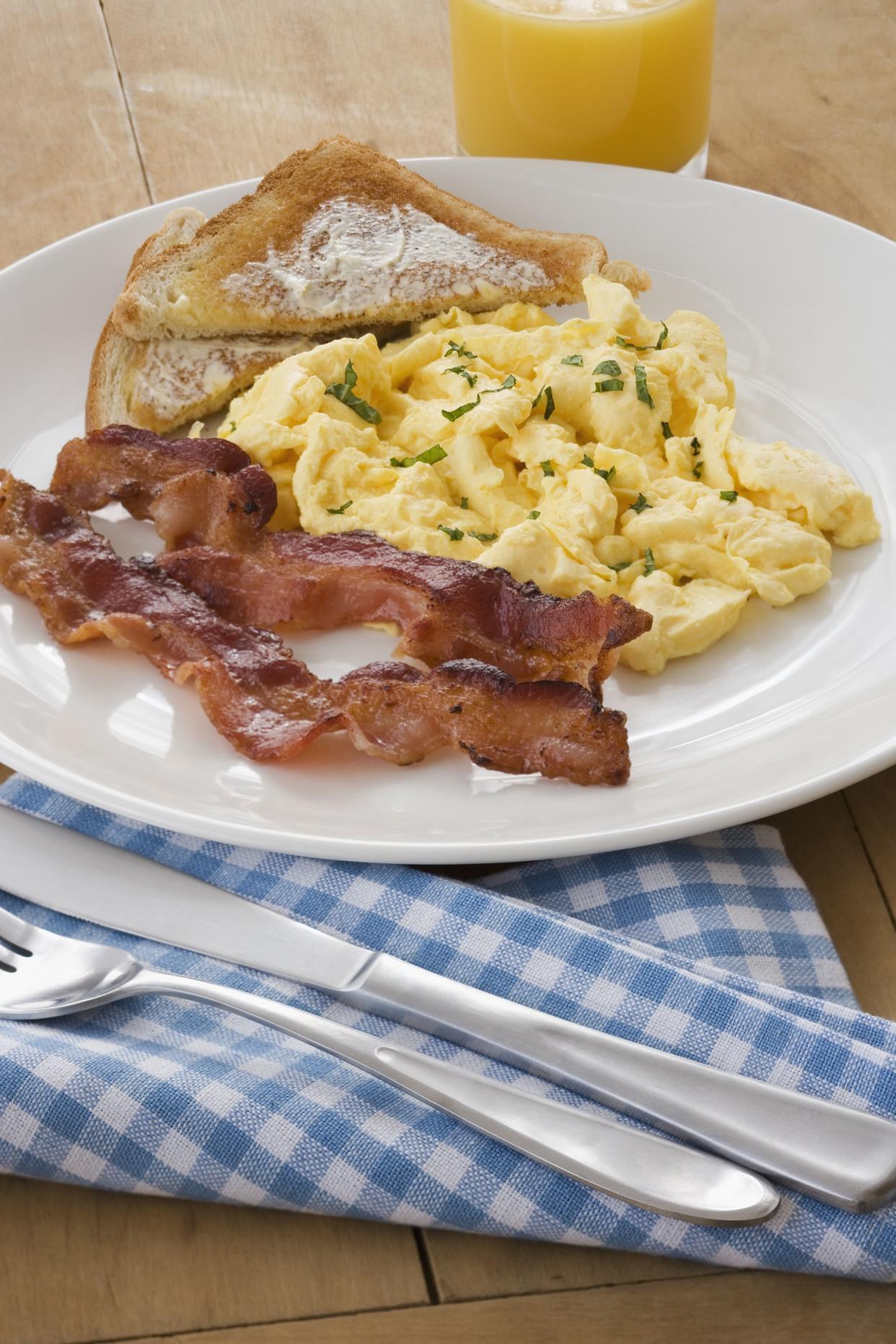How To Make the Best-Ever Scrambled Eggs

Scrambled eggs are a dish that almost everyone, even the most reluctant and befuddled cooks, are willing to tackle. It’s easy to make decent scrambled eggs, but giving them a bit more attention elevates them into excellent eggs that are creamy and luxurious.
Low heat is key. Yes, it’s tempting to crank up the heat when trying to hurry things along, but it does the eggs no favors. Adding only 1 to 2 more minutes to the process improves the outcome and isn’t a deal-breaking delay to a quick meal.
Here are some tips for perfect scrambled eggs:
The pan should be warm enough to melt the butter, but not hot enough to make it sizzle. If the eggs bubble and hiss when they hit the pan, simply lift the pan off the heat until things calm down.
Whisk the eggs in a bowl until the white and yolks are thoroughly blended before adding them to the pan. Stir vigorously until no clumps or ropey strands of egg white are visible when you lift the whisk or fork from the bowl. Whisking also incorporates air that produces fluffier eggs.
Add salt and pepper during the whisking step so that the seasoning is well incorporated. You can also add more when they’re served, if you like.
Whisking a spoonful of sour cream, crème fraiche, or plain Greek yogurt into the raw eggs helps them turn out fluffy and tender. A splash of cream, half-and-half, or whole milk can help too, but not as much as cultured dairy products that resist separating when heated. Non-fat dairy products add little benefit.
WATCH: How to Make Easy Eggs in a Cup
Consider the texture of any add-ins. Grated cheese will likely melt in the time it takes for the eggs to set, but raw vegetables won’t have time to turn tender, so pre-cook them before adding them to the egg mixture. If the vegetables are wet, such as raw tomato, blot away excess moisture so that they won’t affect the texture of the eggs.
Stir slowly, but continuously, to keep the eggs moving in the pan as they set. This ensures even, creamy texture with no papery edges. A heat-proof silicone spatula is ideal.
To ensure the eggs will be just right when you eat them, remove the pan from the heat when the eggs are just shy of your preferred doneness. They will continue cooking off-heat for up to a minute, firming up all on their own. Overcooked eggs that are browned on the bottom are going to be dry.
If you adore hot eggs, serve them on warm plates. A cold plate sucks the heat right out of them.
